| TALES OF HEATH & POND |
VISITOR'S GUEST BOOK | HISTORY OF THE HEATH & POND | GUESTS' PHOTOGRAPHS | SOURCES OF INFORMATION | VIDEOS | SITE MAP |
Swans
To see a larger copy of each image click on it; to see the next large image click at the right of the image, to go back click on the left of the image. To close a large image click on the cross in the top right hand corner.
New photographs are usually added to the bottom of the page - click to go to the bottom of this page
2020 |
||
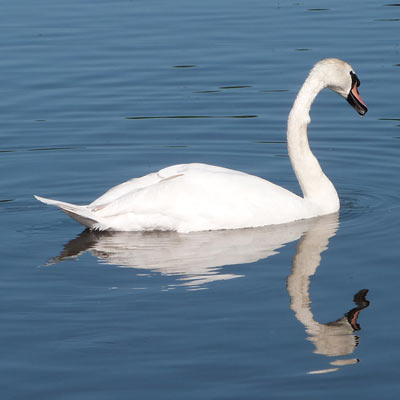 |
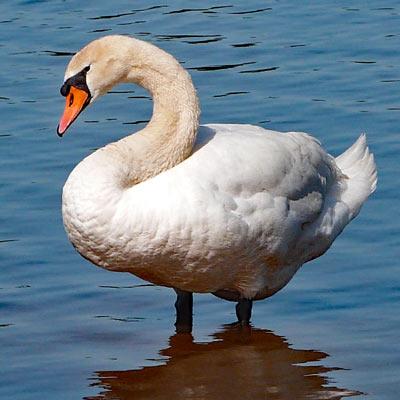 |
|
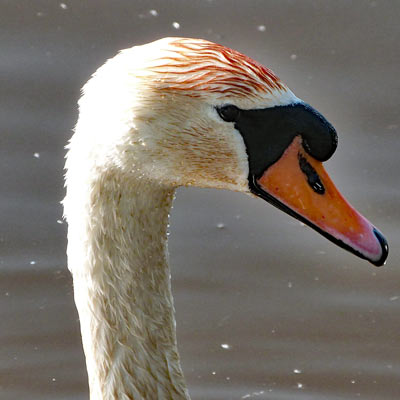 |

The swans on the Heath pond are mute swans. The male is called a "cob" - from Middle English cobbe (leader of a group); the female "pen," and their chicks are known as "cygnets" - from the Latin word for swan, cygnus. Swan pairs typically bond for life and pairs stay together throughout the year, including moving together in migratory populations. However, it has been observed that some of them switch mates over their lifetimes, particularly after nesting failures, and some that lost their mate did not mate again. The "divorce rate" is estimated to be about 6% Swans are known to live 20 to 30 years. The first nesting usually occurs when they are 4 or 5 years old. Swans feed primarily on aquatic plants; but they also eat grain, grasses and crop foods, such as wheat, potatoes and carrots - especially in the winter when other food sources aren't readily available. |
|
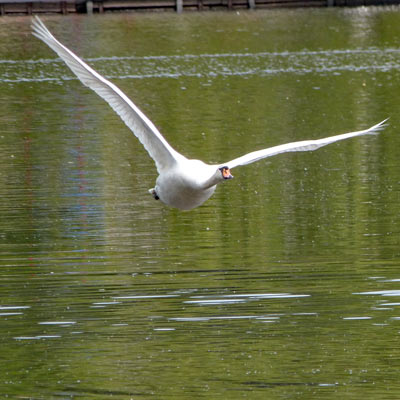 |
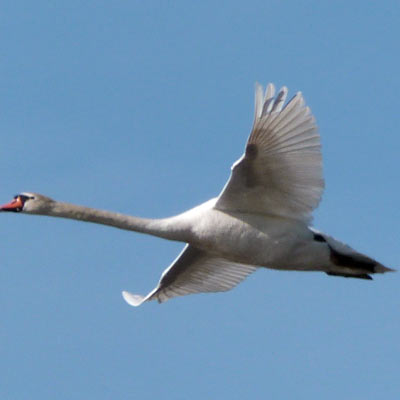 |
|
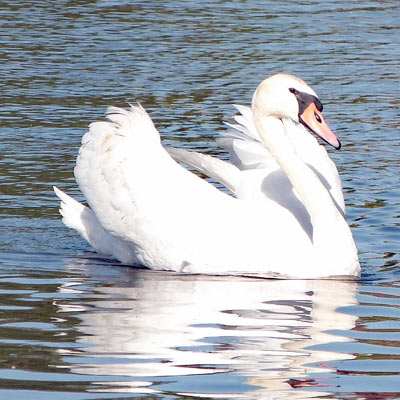 |
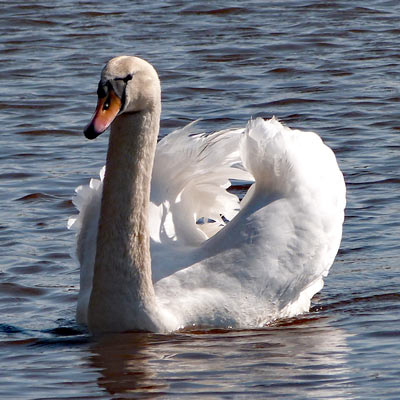 |
|
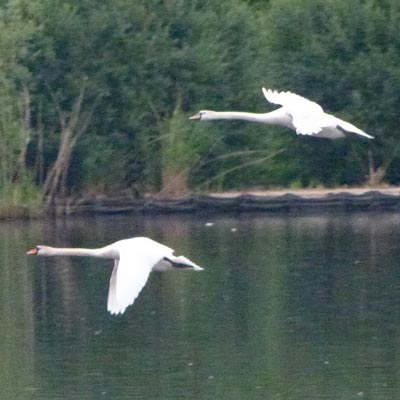 |
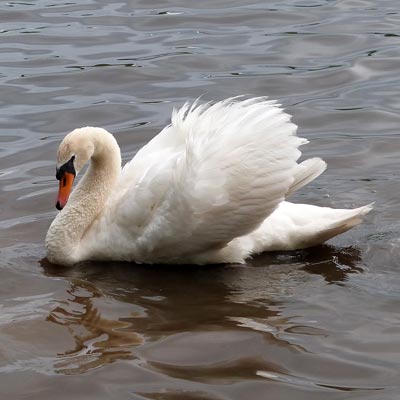 |
|
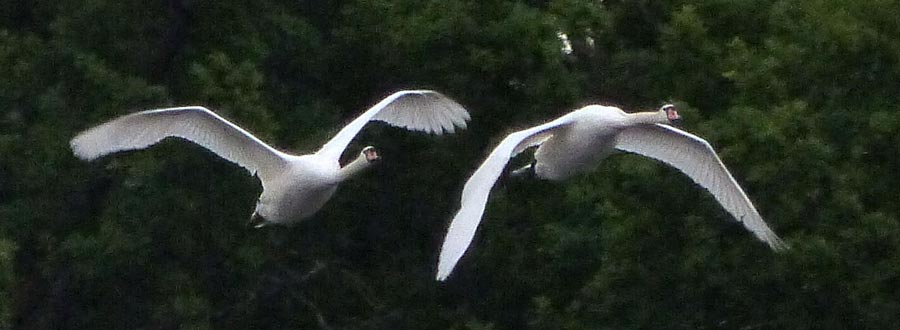 |
||
 |
||
 |
||
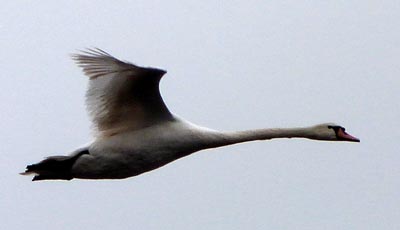 |
||
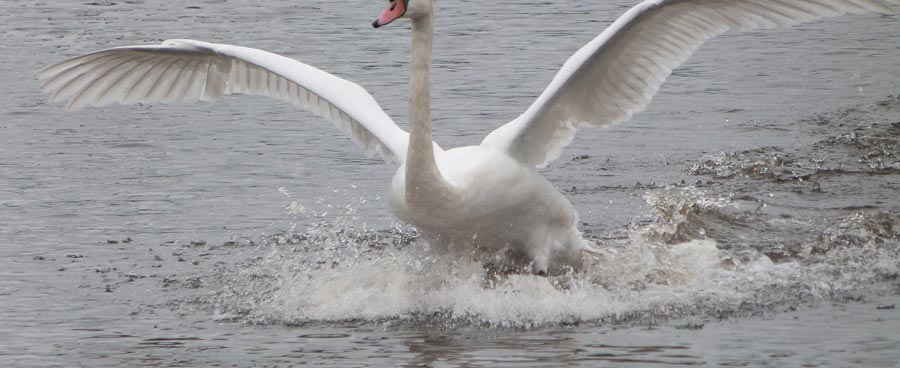 |
||
| Almost a good photograph! | ||
 |
||
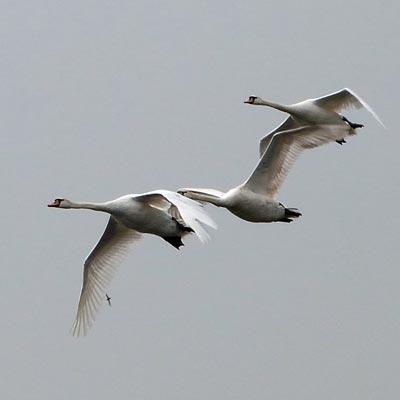 |
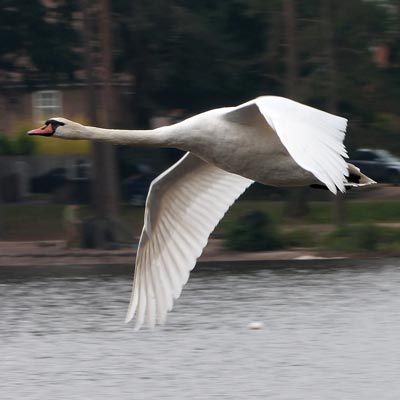 |
|
 |
||
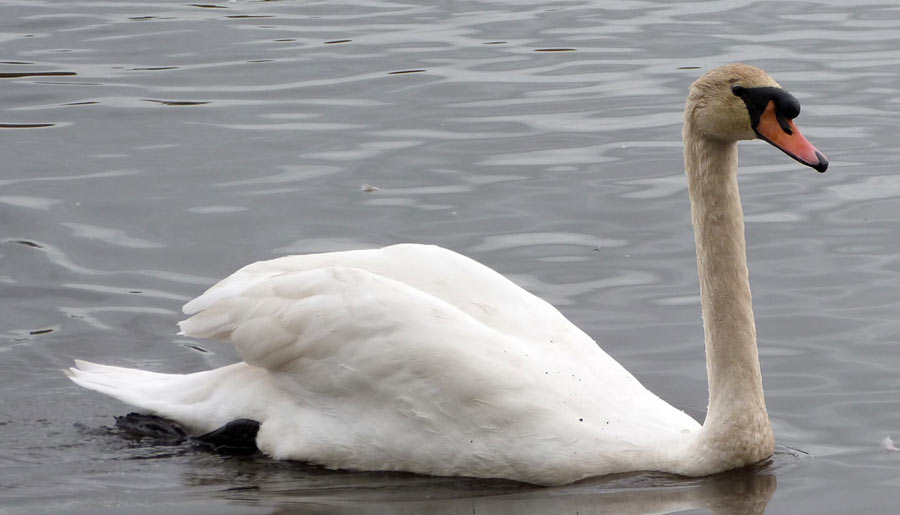 |
||
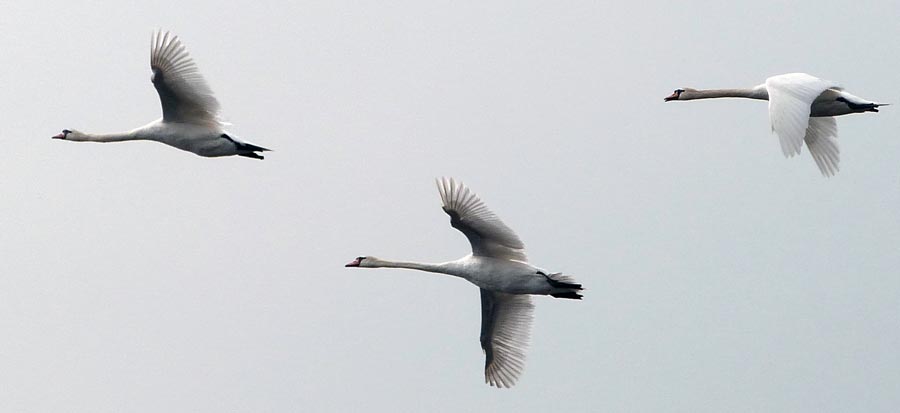 |
||
 |
||
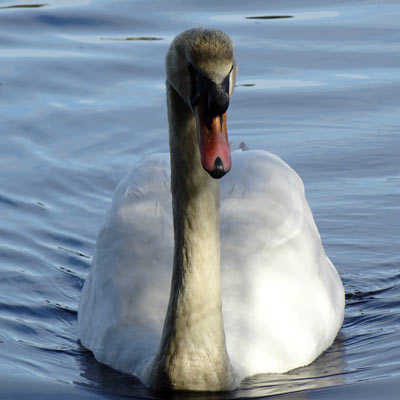 |
 |
|
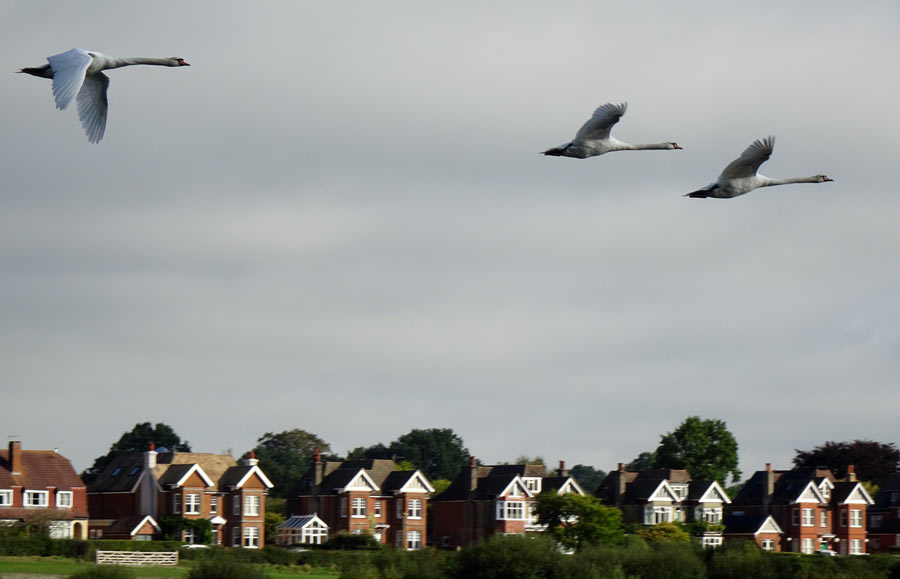 |
||
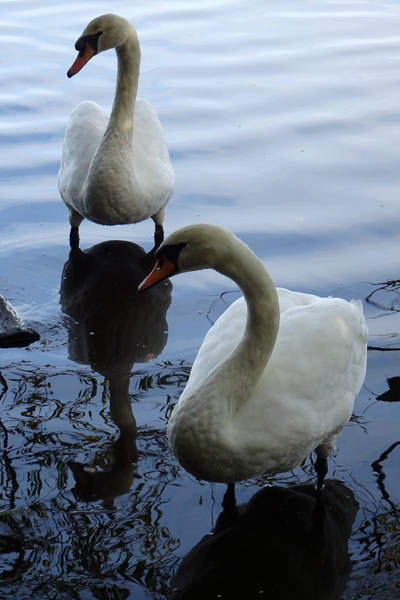 |
||
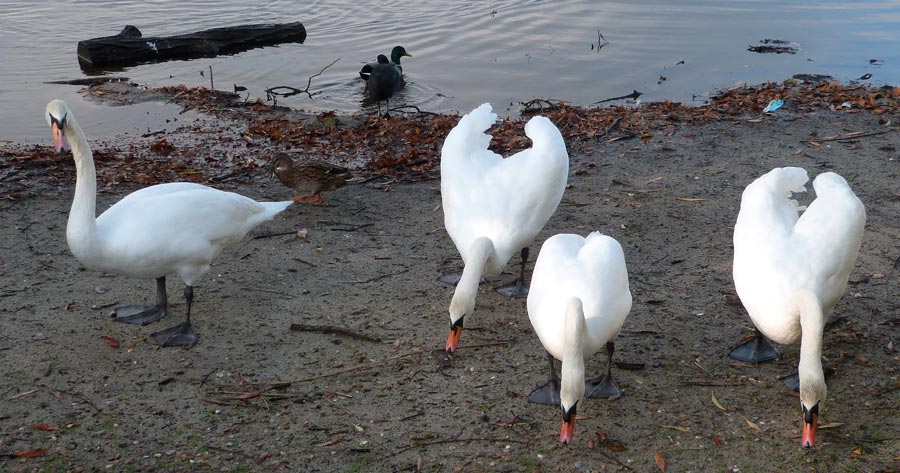 |
||
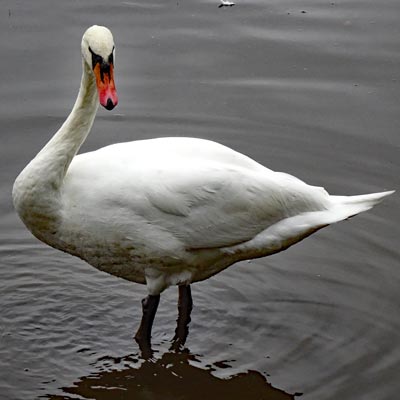 |
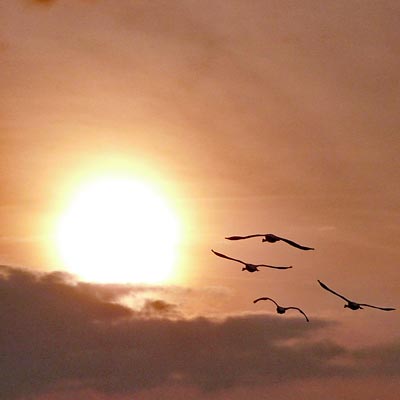 |
|
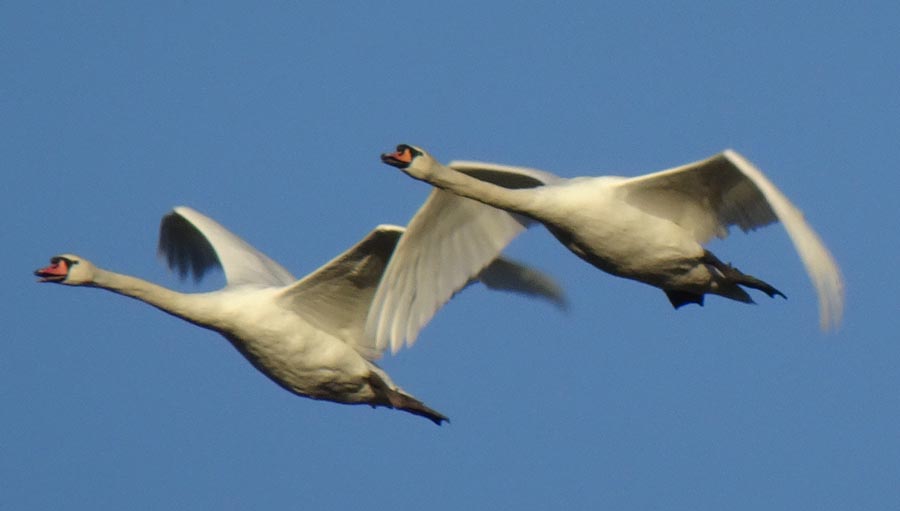 |
||
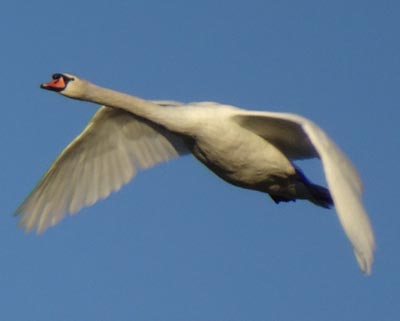 |
||
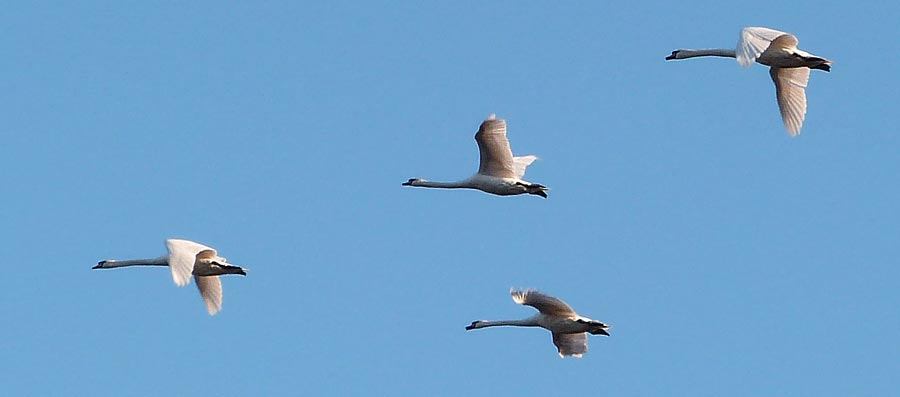 |
||
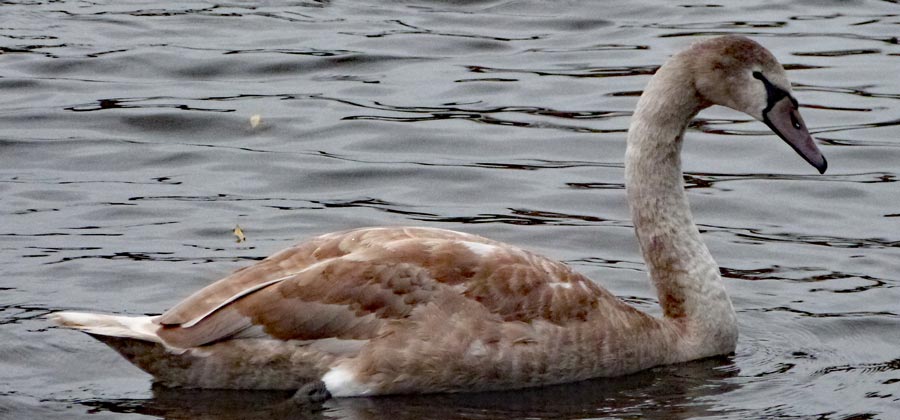 |
||
| In late October a cygnet made an appearance on the pond, with no sign of its parents | ||
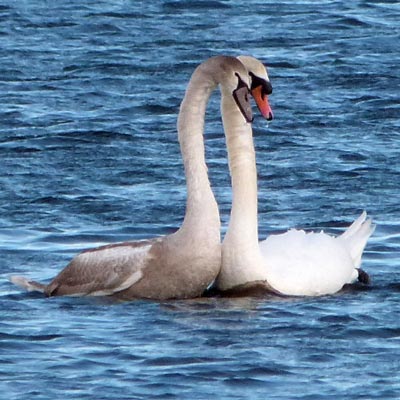 |
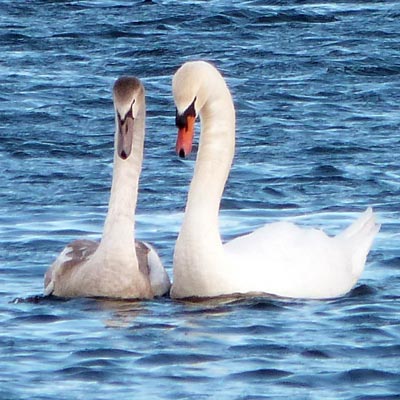 |
|
| Fortunately he (or she) has been befriended by one of the Pond's swans! | ||
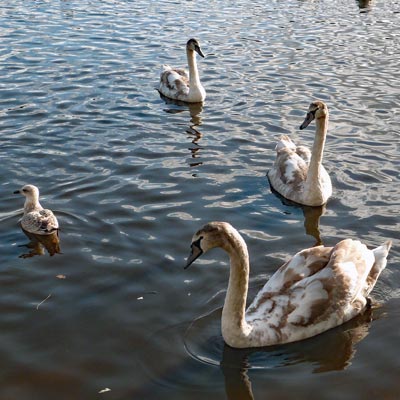 |
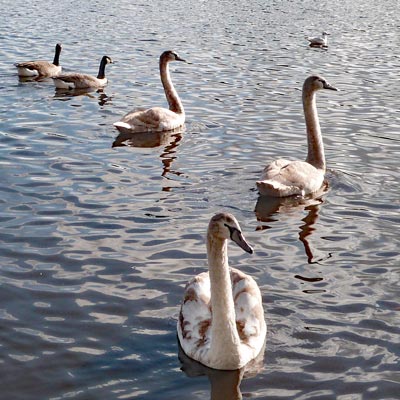 |
|
| More cygnets - we have had reports of four cygnets! | ||
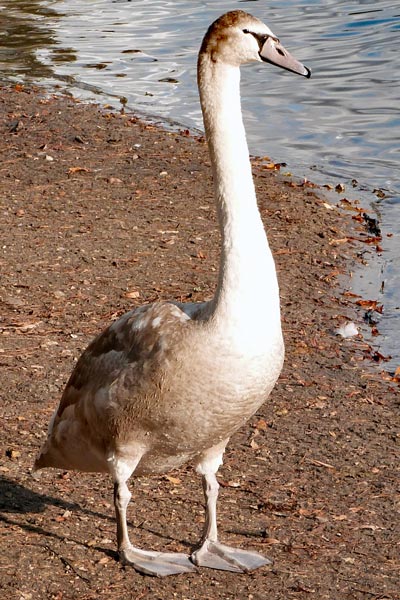 |
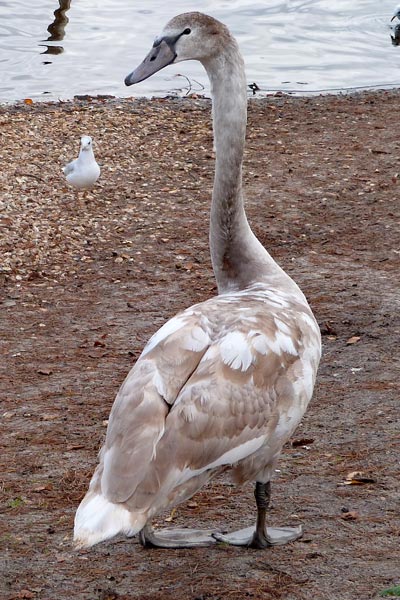 |
|
 |
||
| It seems that there are FIVE cygnets - and is that their parents with them? | ||
 |
||
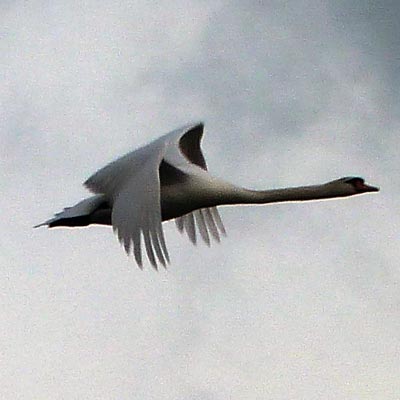 |
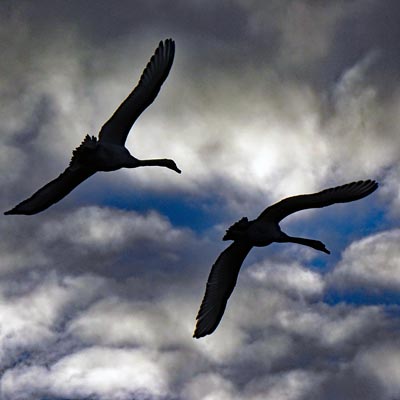 |
|
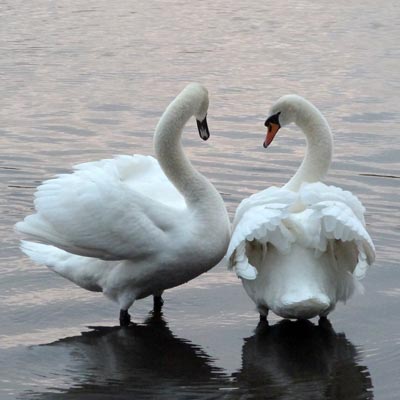 |
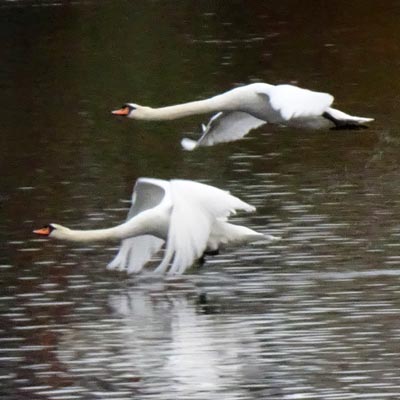 |
|
 |
||
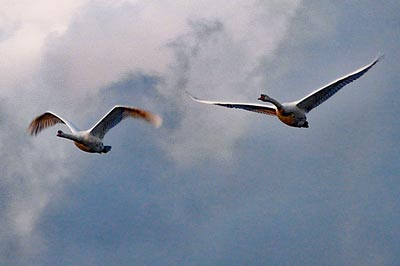 |
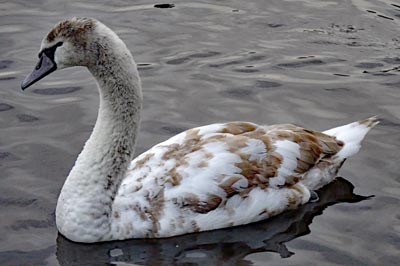 |
|
 |
||
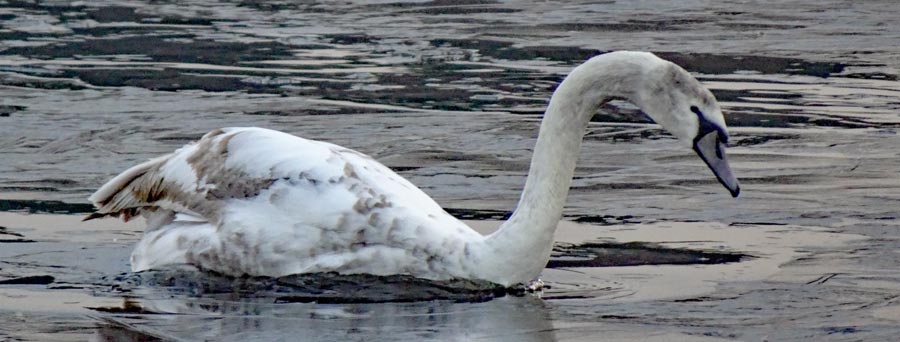 |
||
| This poor cygnet was making hard work of getting through the ice - see the video | ||
2021 |
||
 |
||
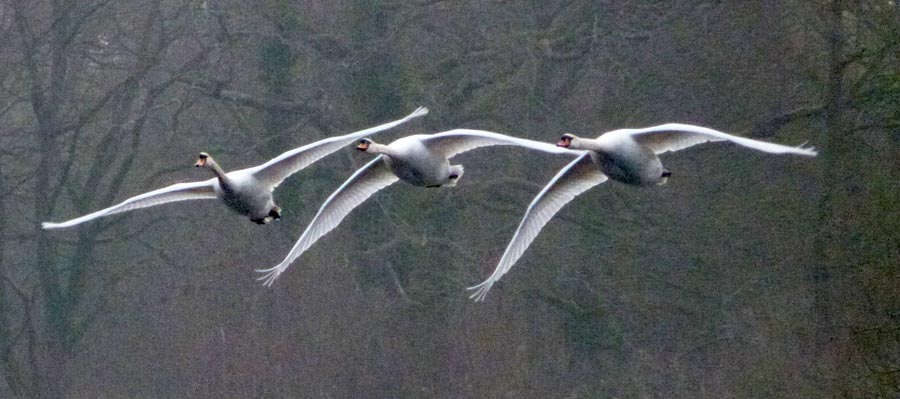 |
||
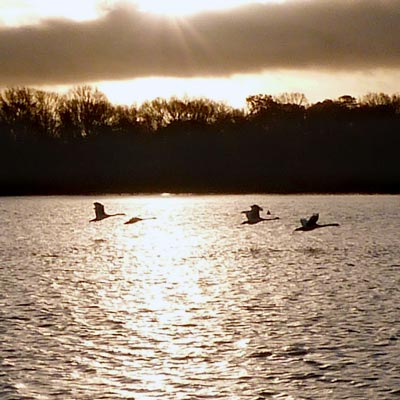 |
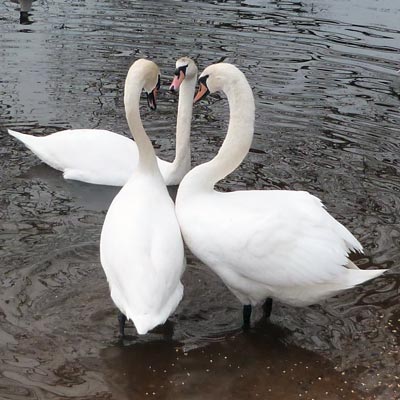 |
|
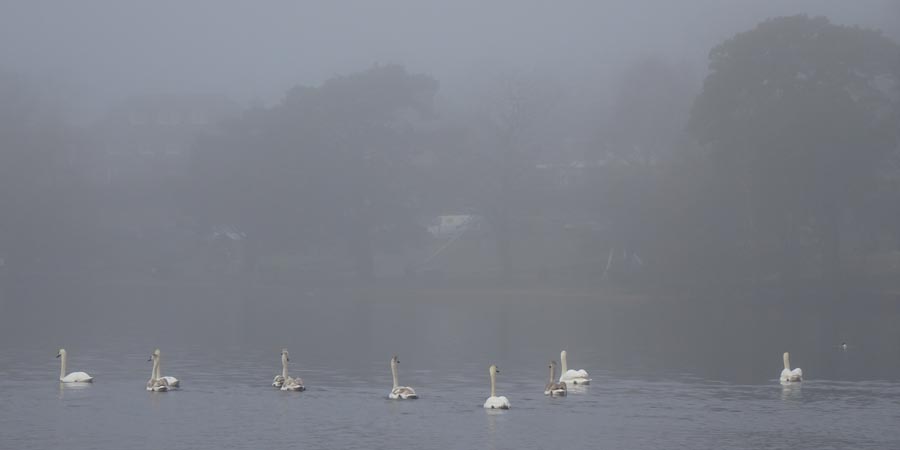 |
||
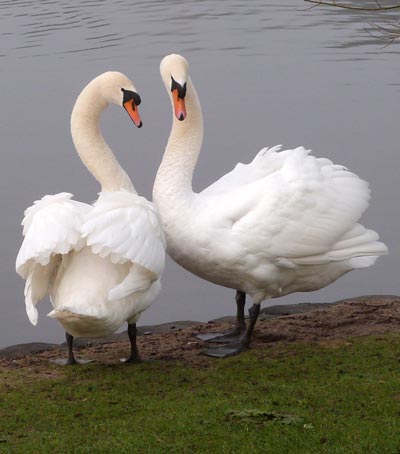 |
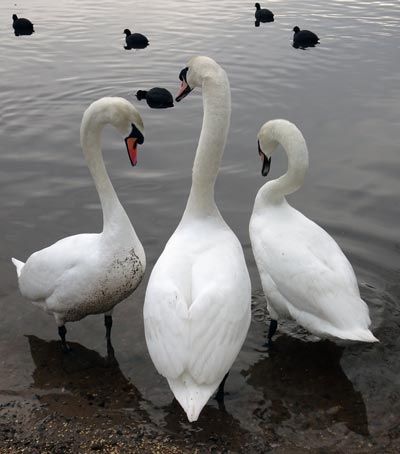 |
|
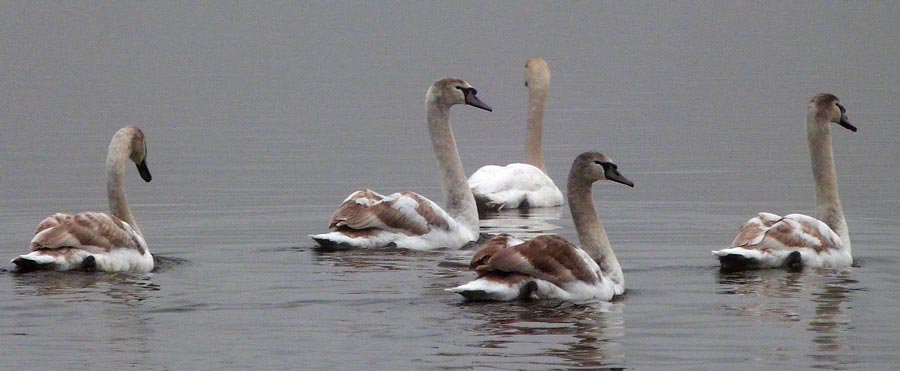 |
||
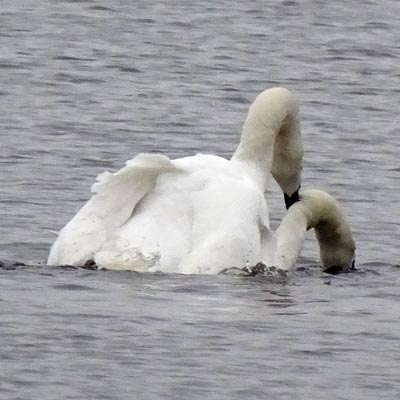 |
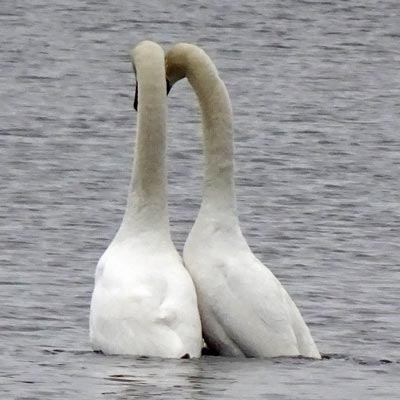 |
|
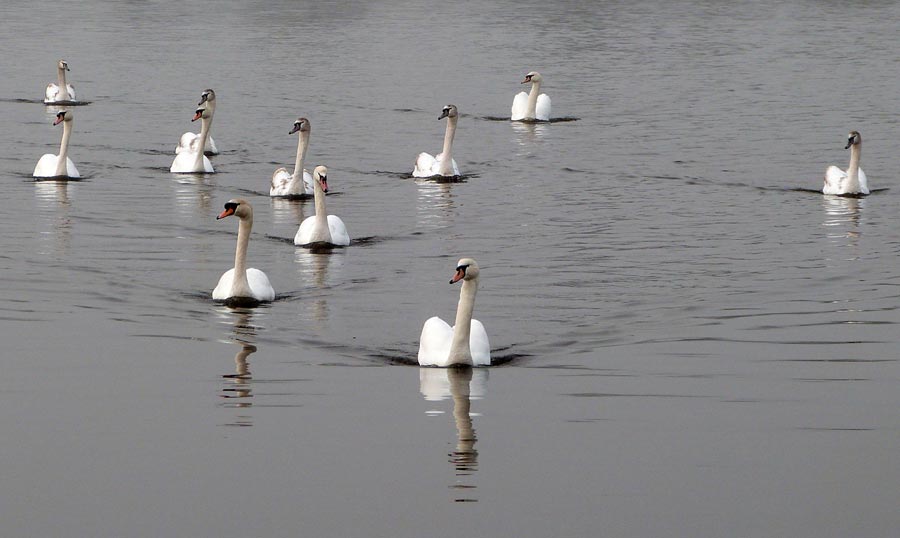 |
||
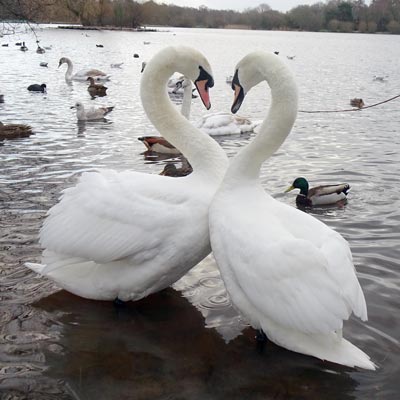 |
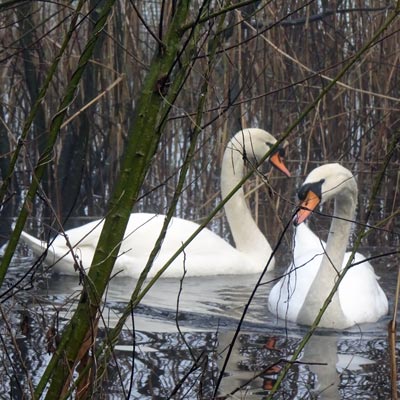 |
|
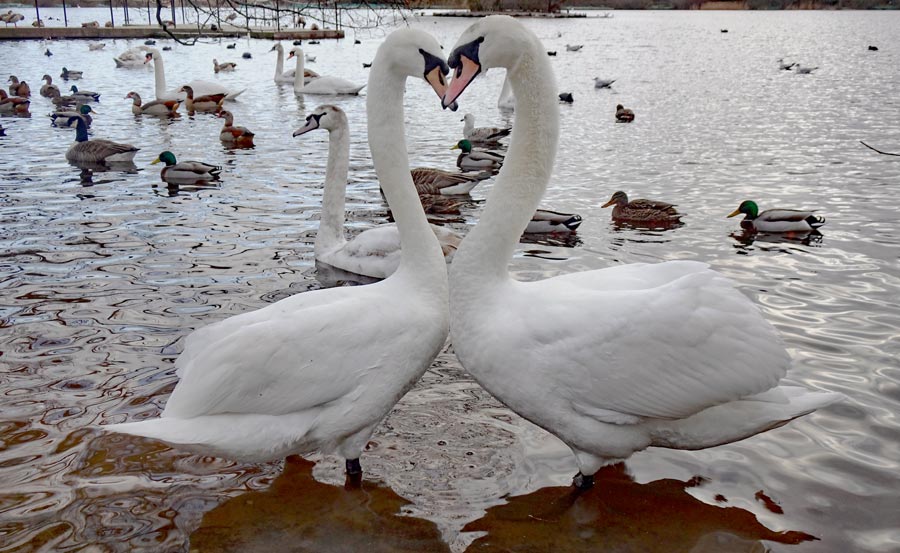 |
||
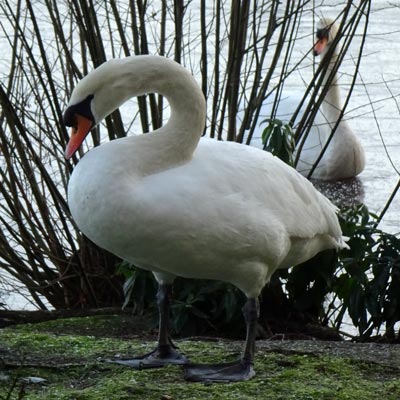 |
||
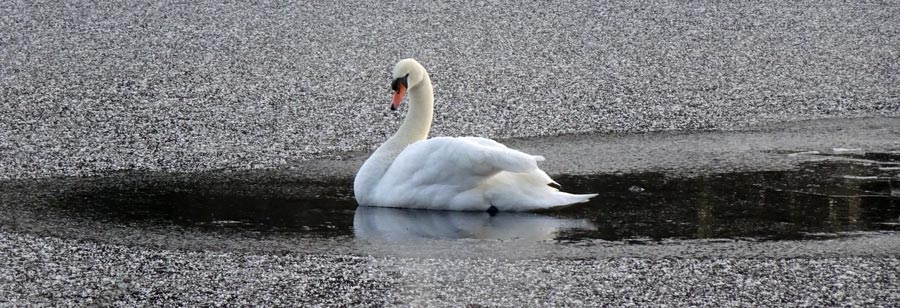 |
||
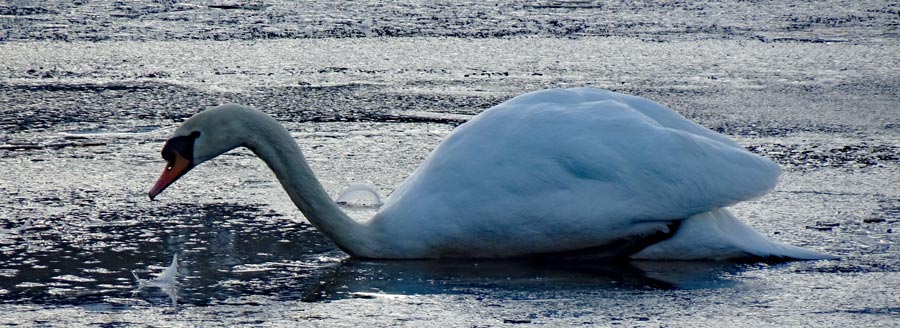 |
||
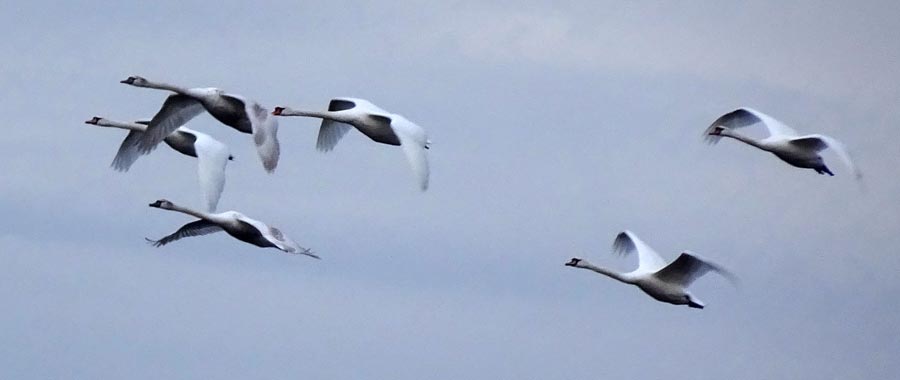 |
||
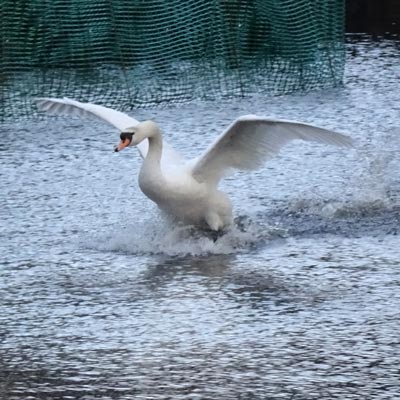 |
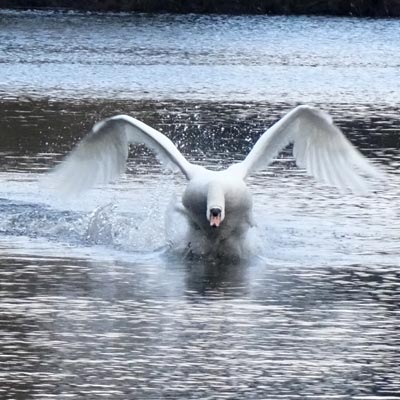 |
|
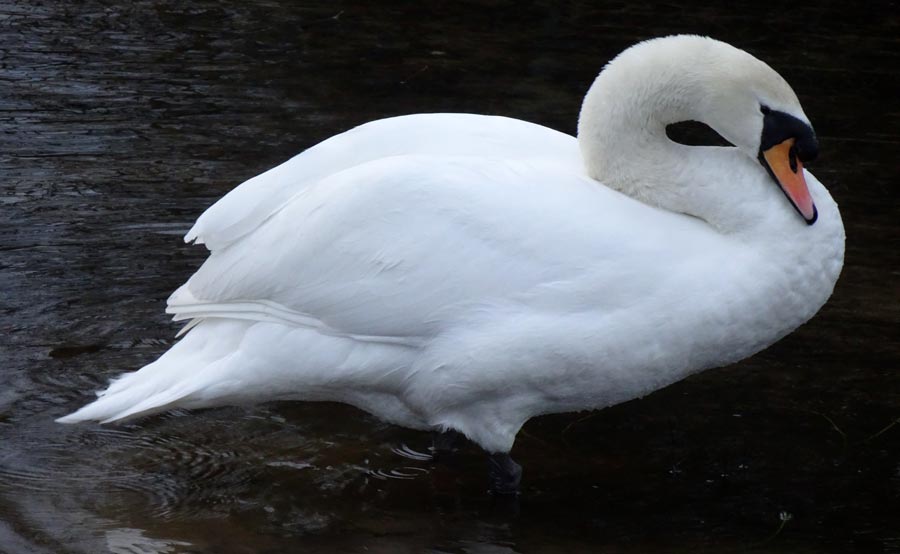 |
||
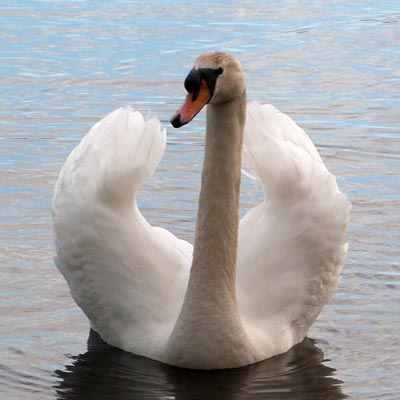 |
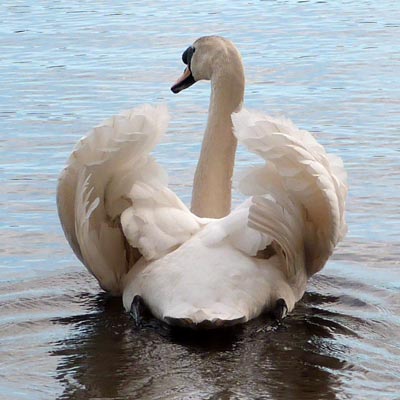 |
|
 |
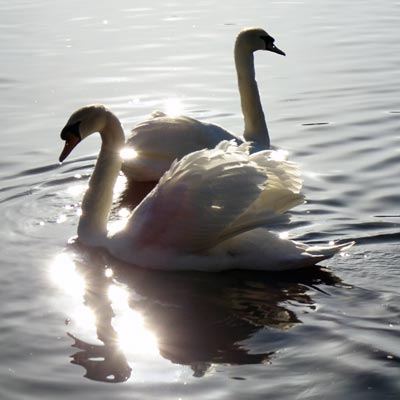 |
|
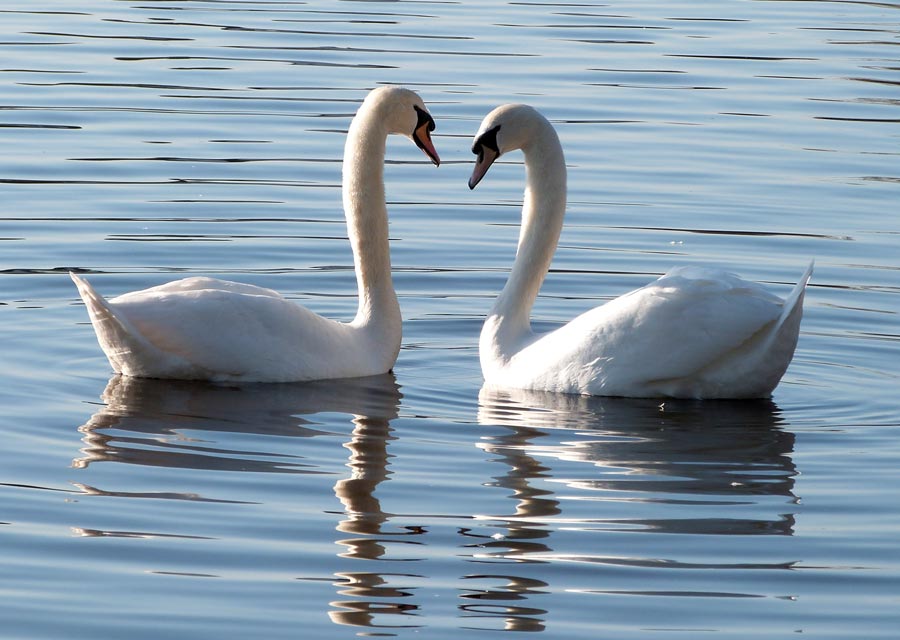 |
||
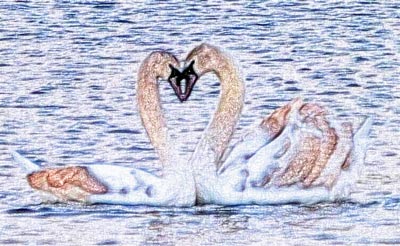 |
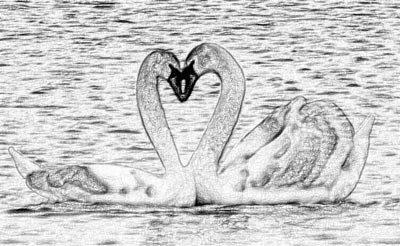 |
|
| Thanks Tricia! | ||
 |
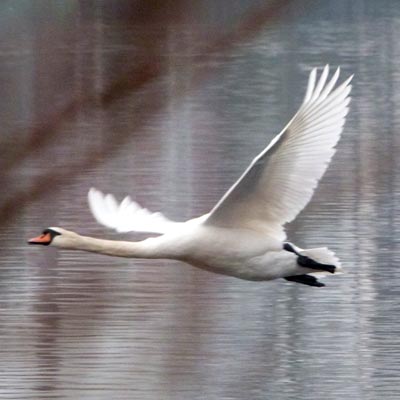 |
|
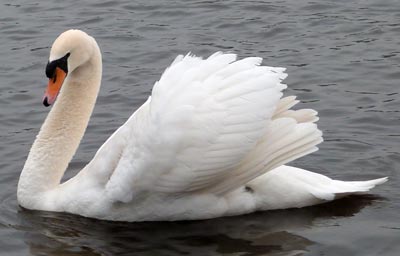 |
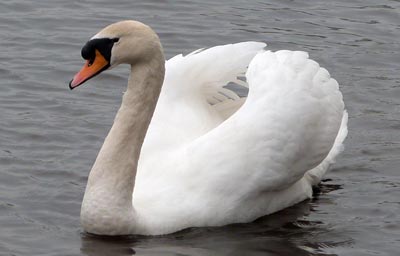 |
|
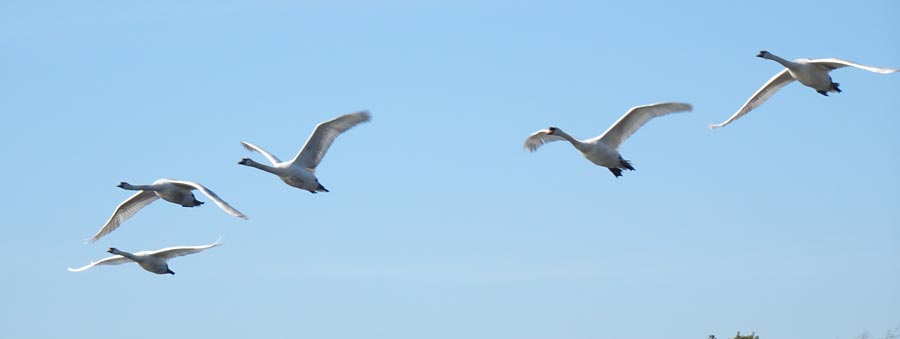 |
||
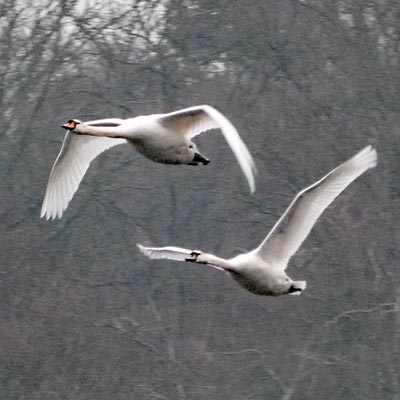 |
||
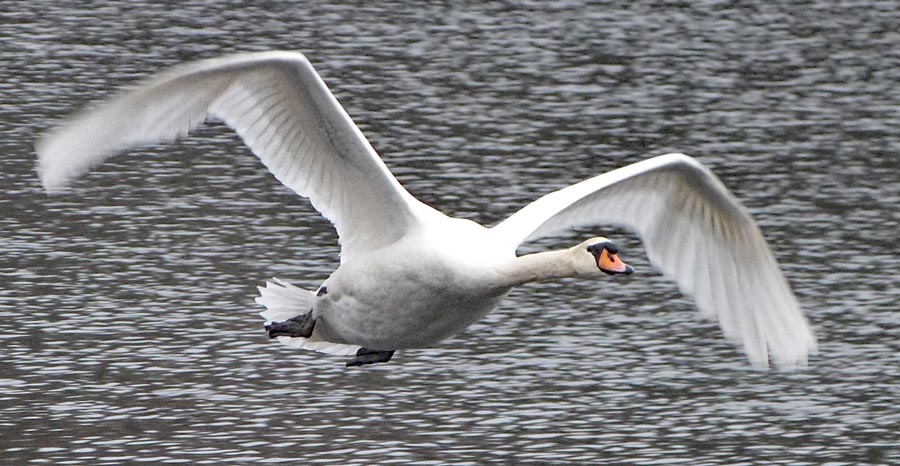 |
||
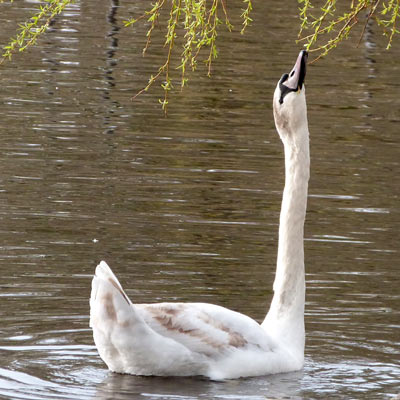 |
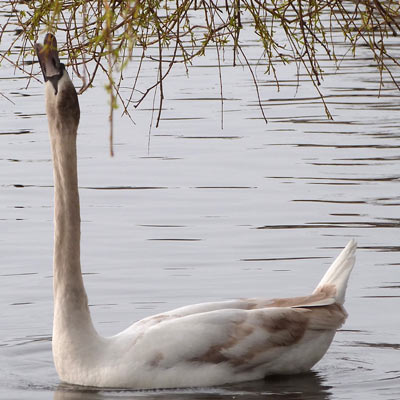 |
|
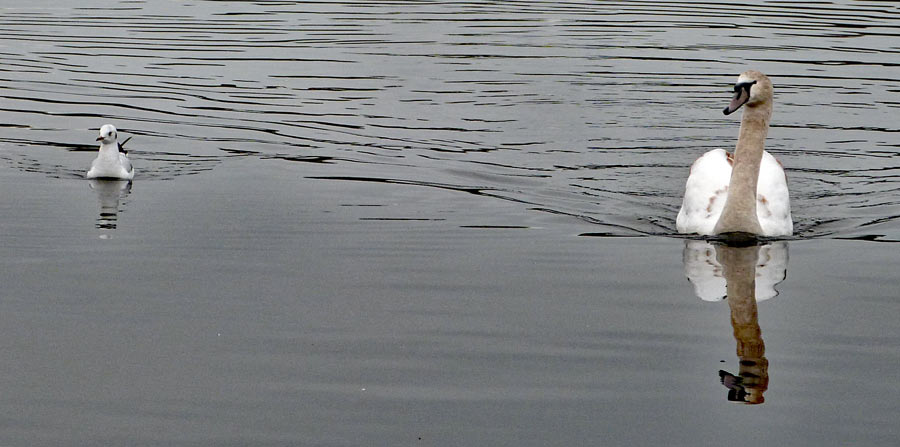 |
||
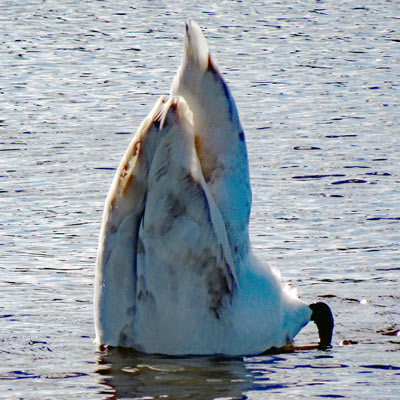 |
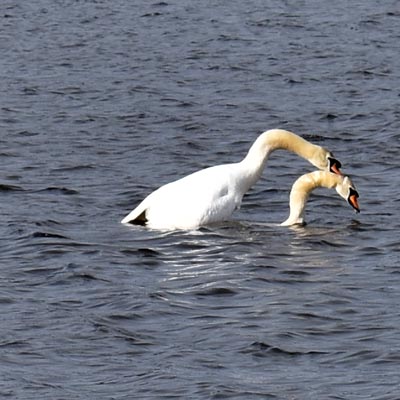 |
|
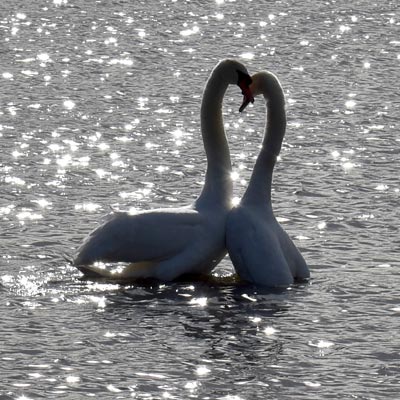 |
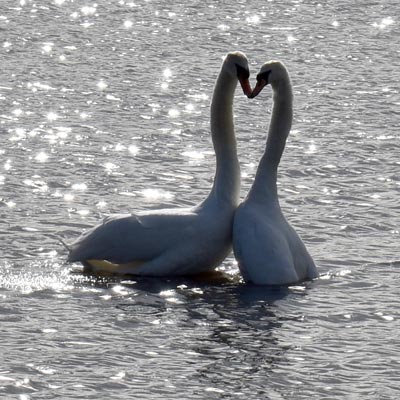 |
|
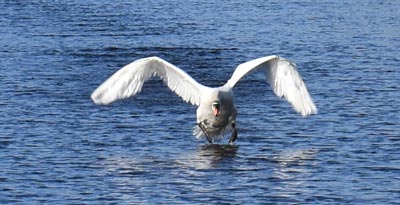 |
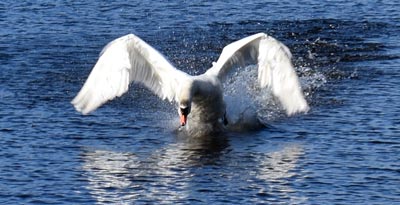 |
|
| Landing! | ||
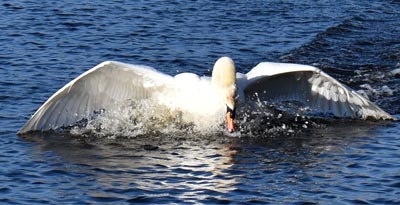 |
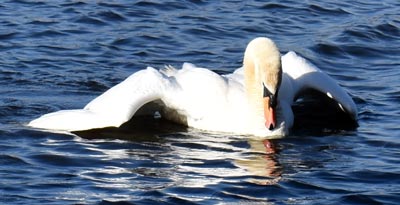 |
|
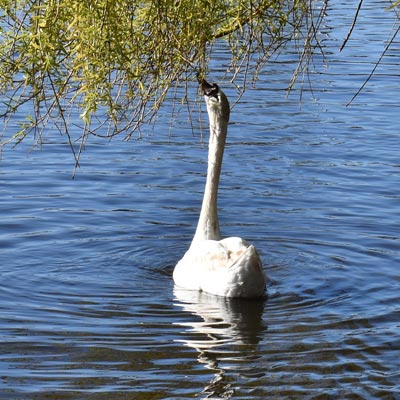 |
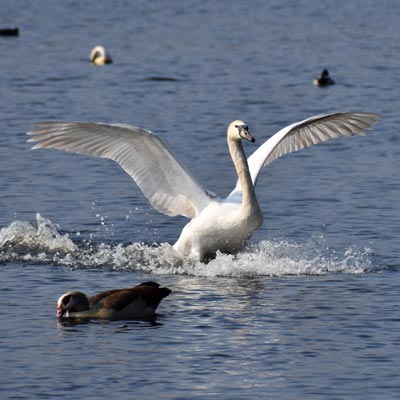 |
|
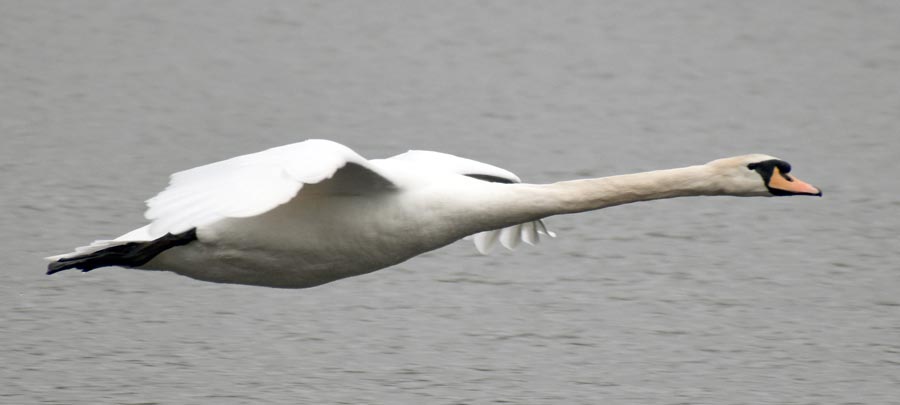 |
||
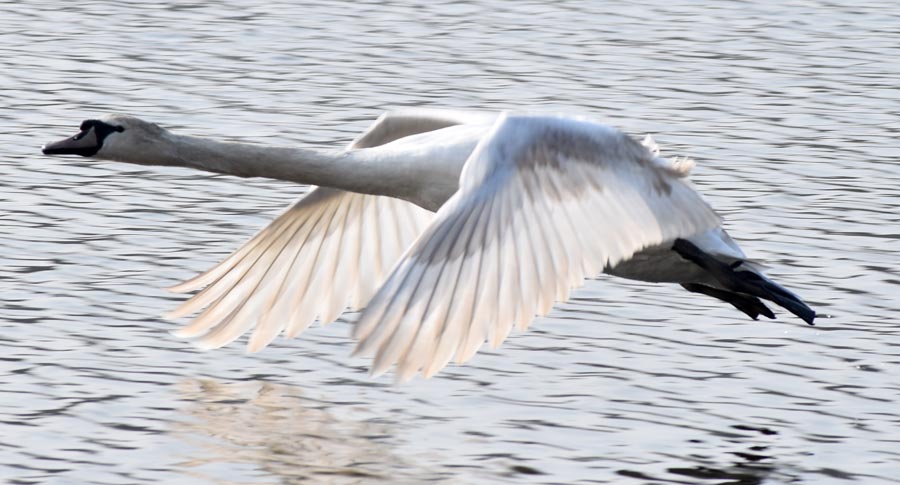 |
||
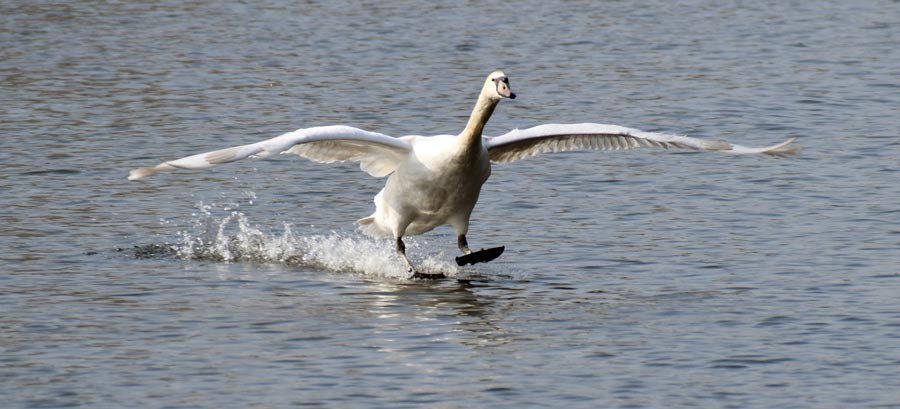 |
||
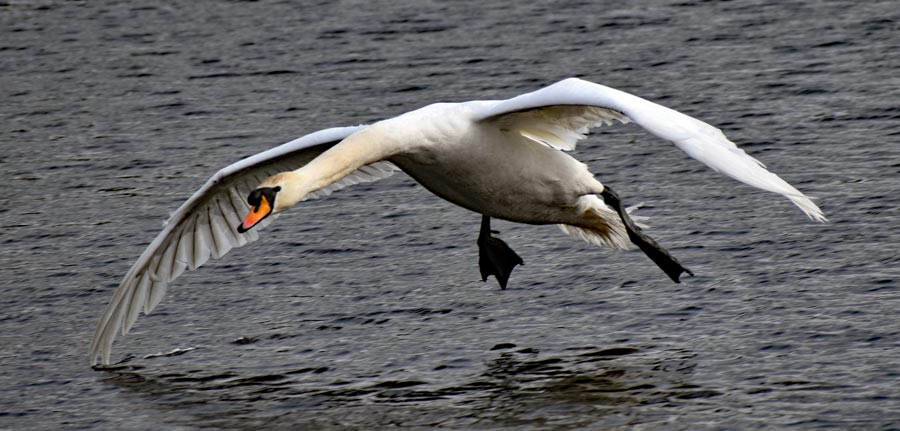 |
||
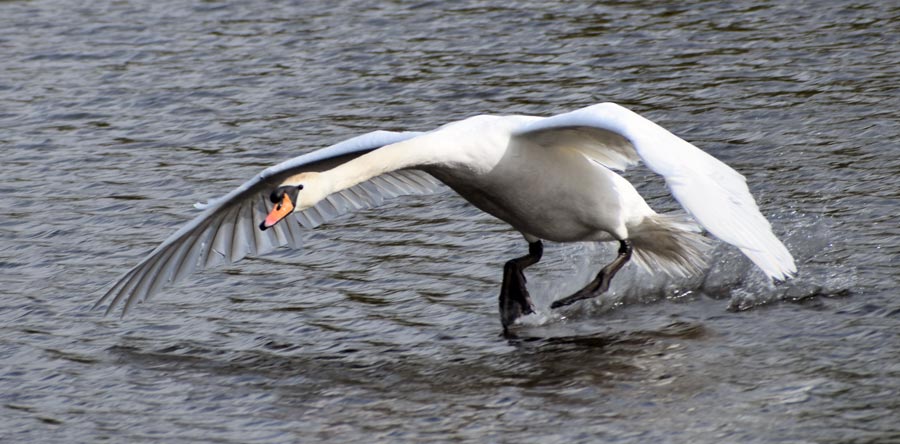 |
||
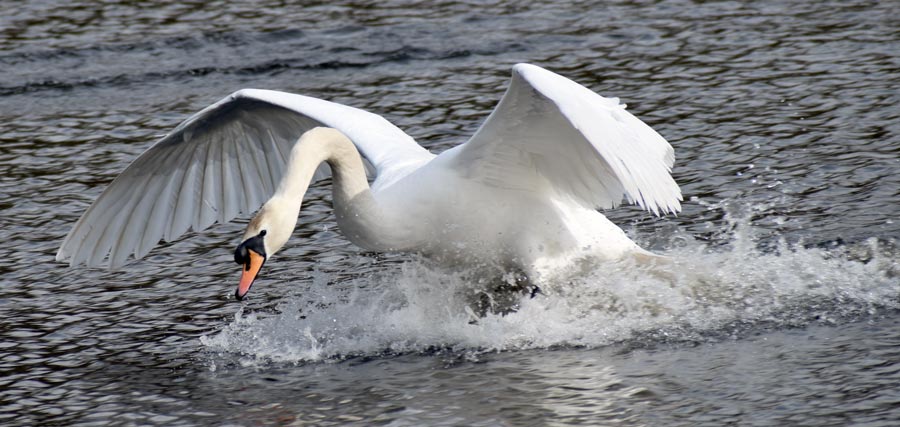 |
||
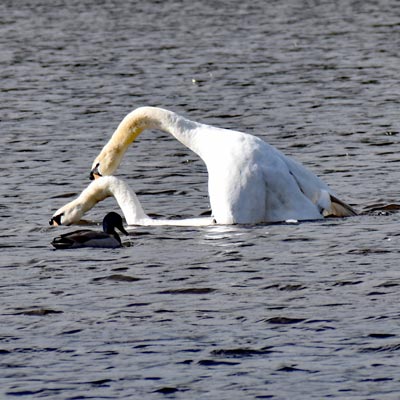 |
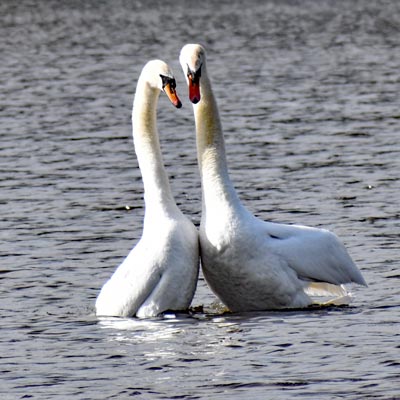 |
|
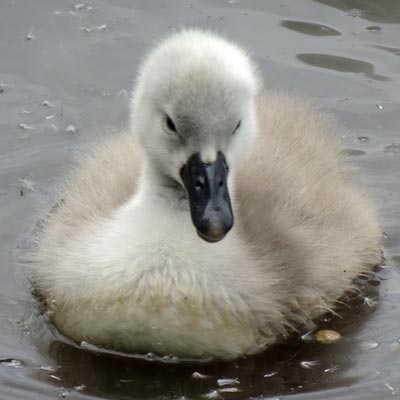 |
 |
|
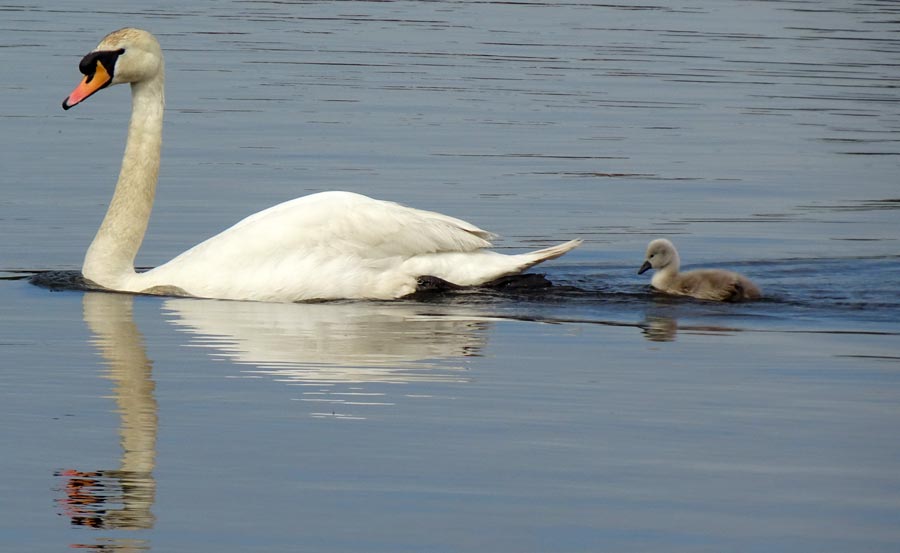 |
||
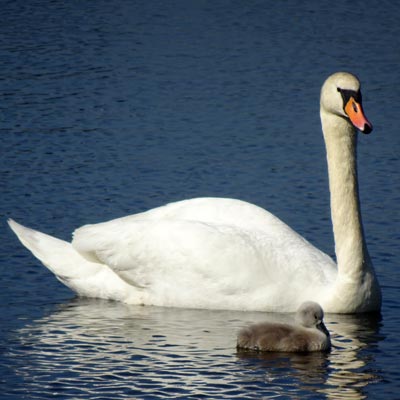 |
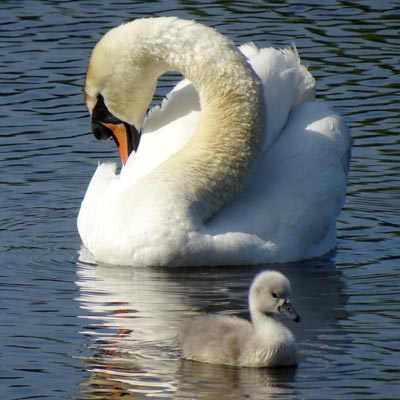 |
|
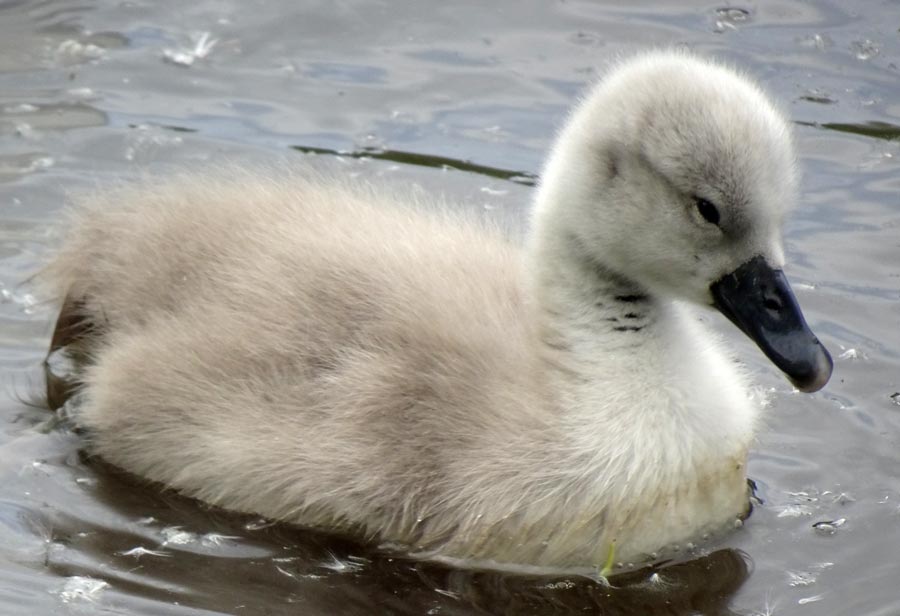 |
||
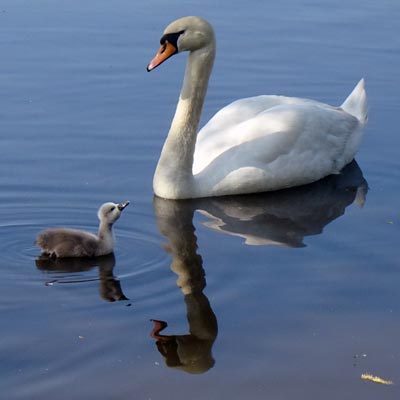 |
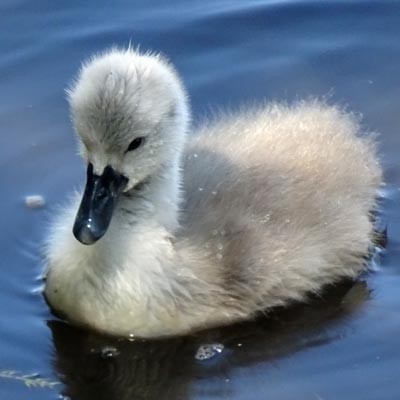 |
|
 |
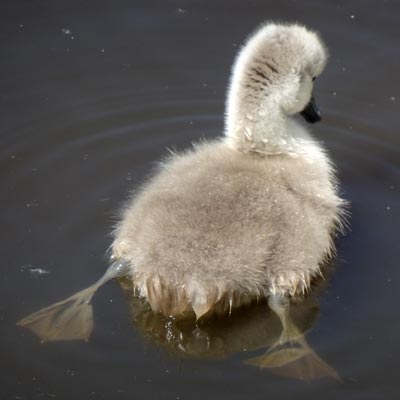 |
|
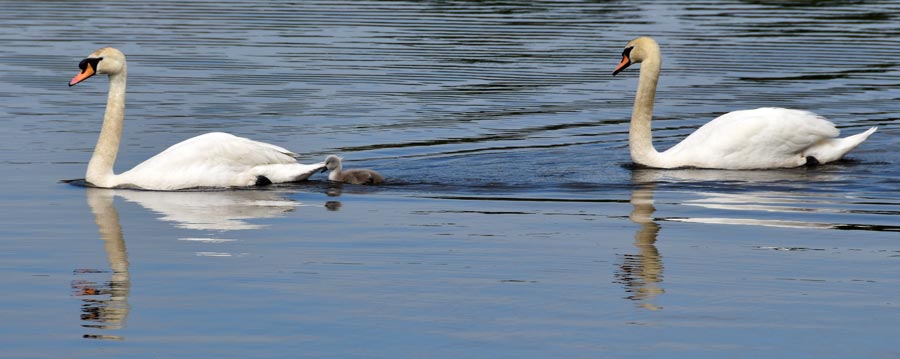 |
||
 |
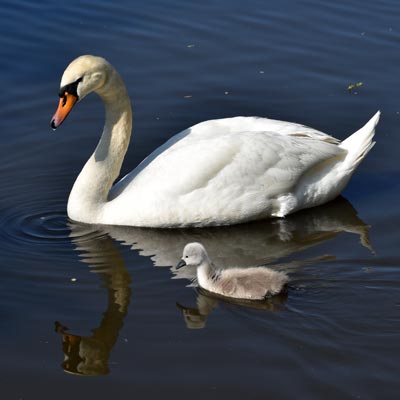 |
|
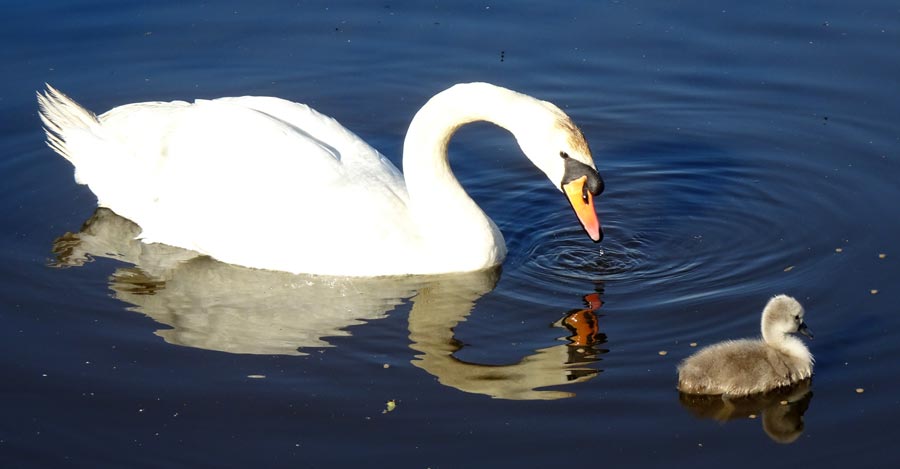 |
||
 |
||
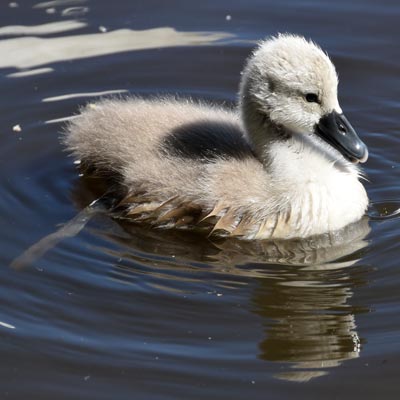 |
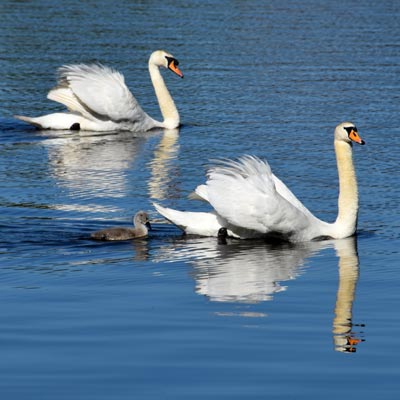 |
|
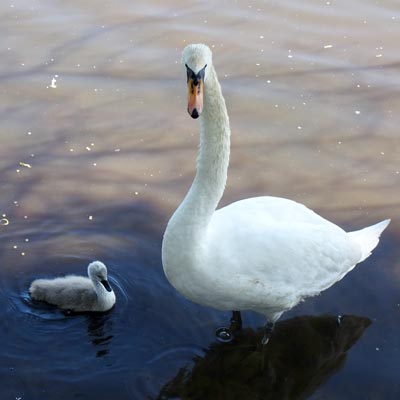 |
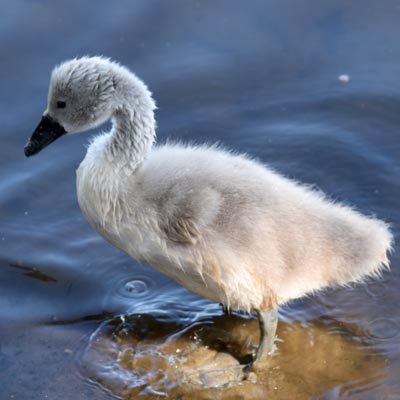 |
|
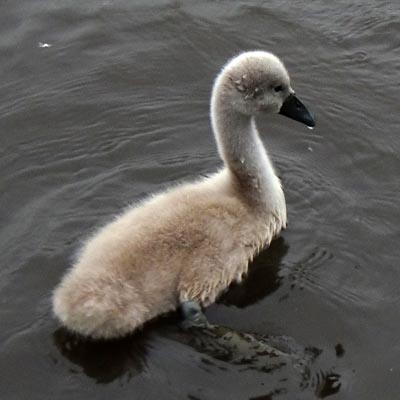 |
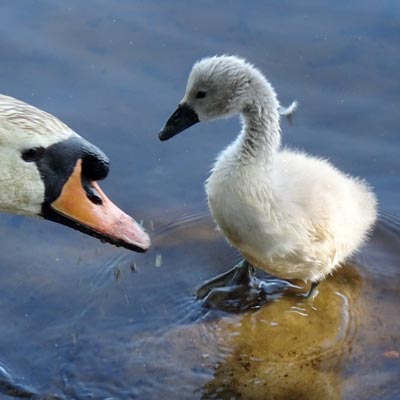 |
|
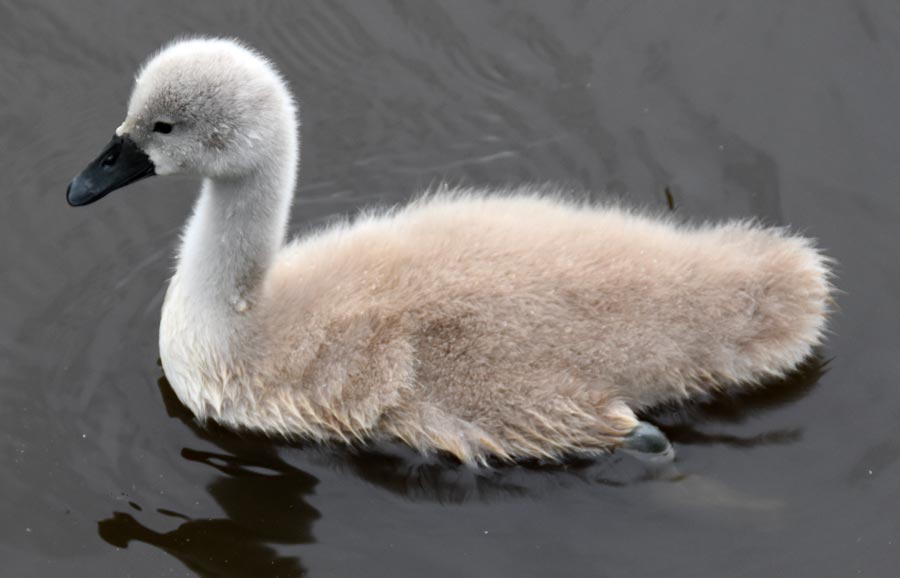 |
||
| Go to the top of this page | ||